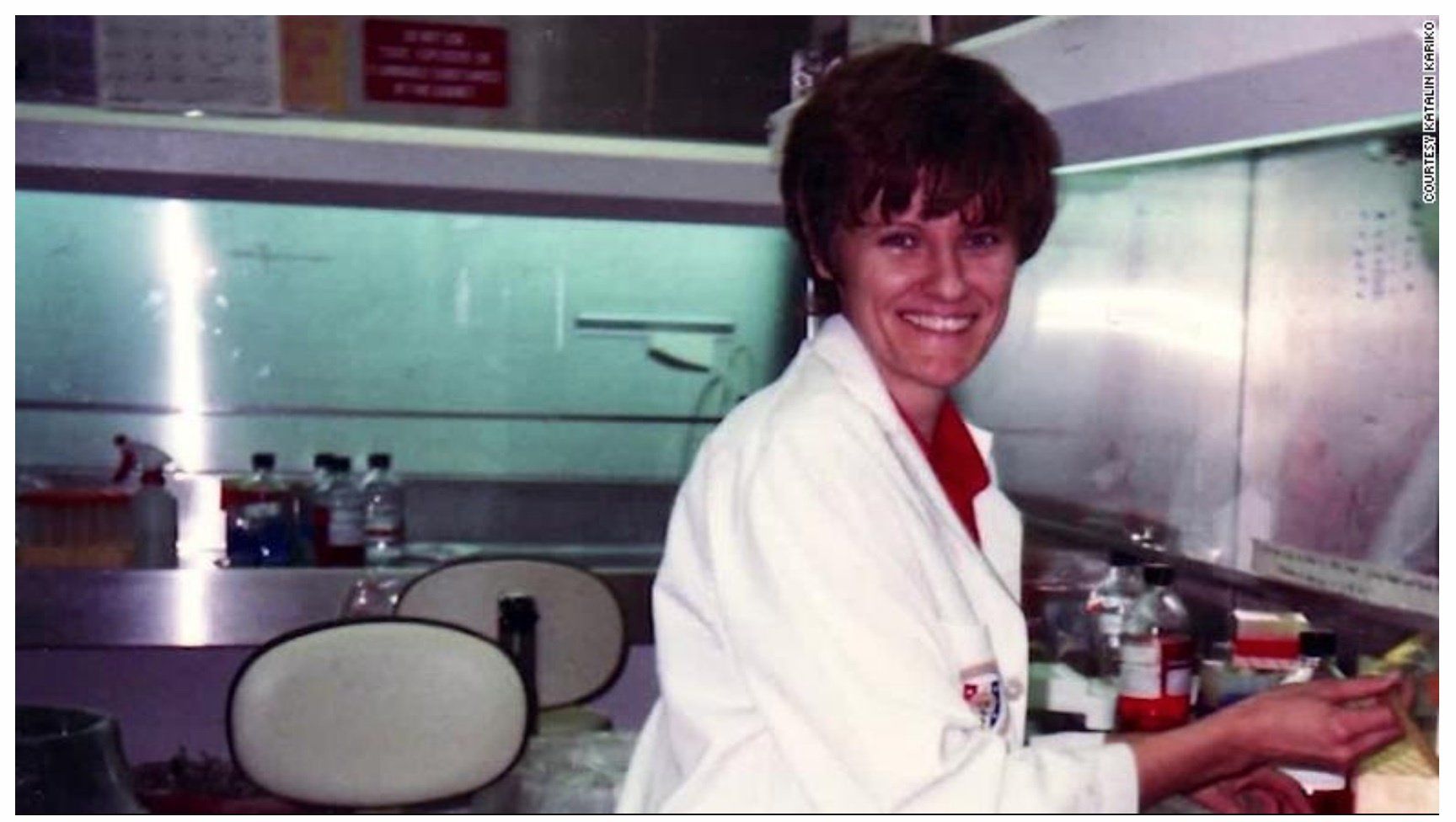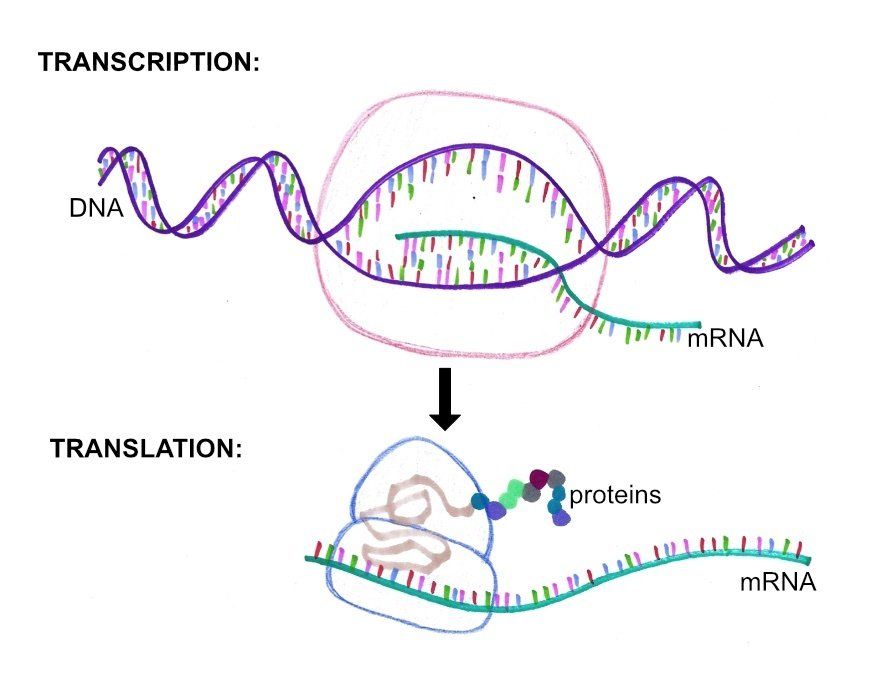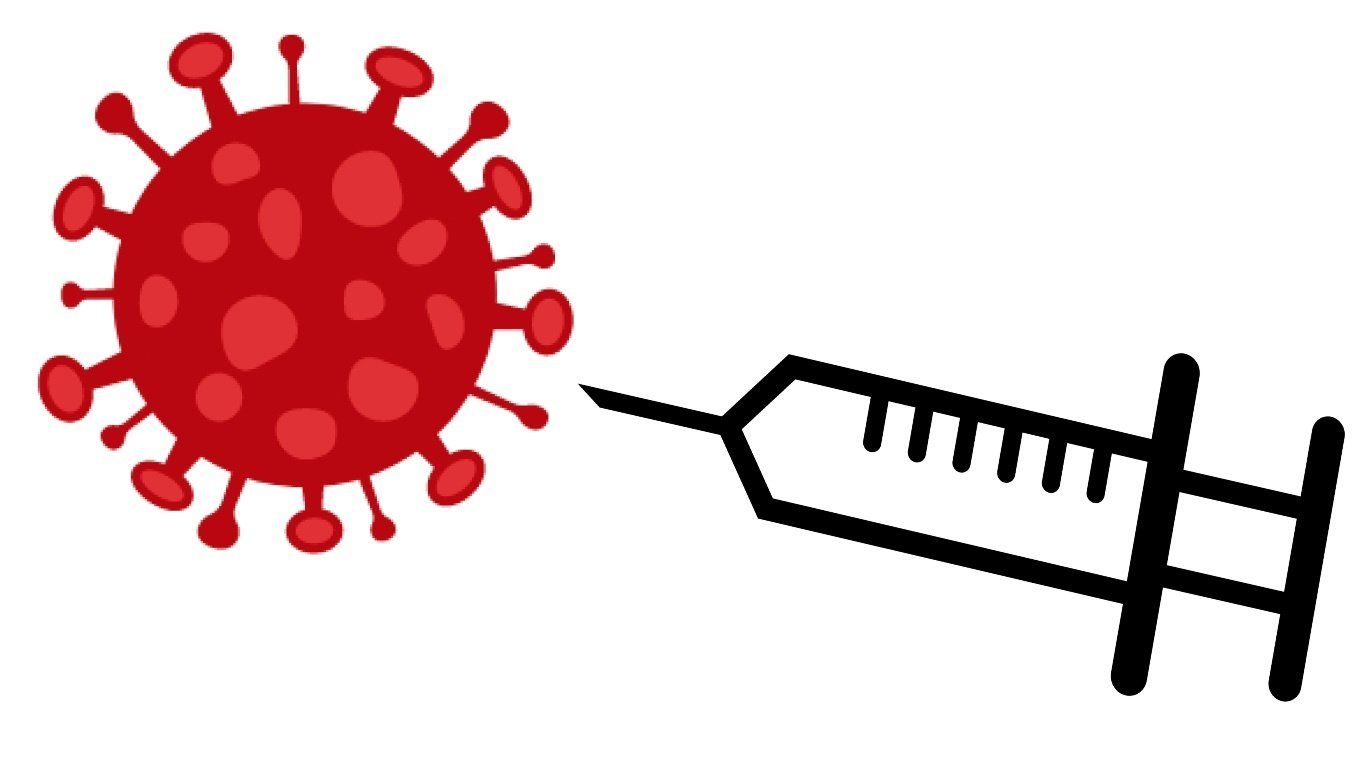Not All Vaccines Are Created Equal
Vaccine Technologies
Vaccines that have been developed to help protect us from various illnesses are based on several different technologies:
- Inactivated vaccines - they use the killed version of the germ that causes a disease.
- Live-attenuated vaccines - they use a weakened (or attenuated) form of the germ that causes a disease.
- Subunit, recombinant, polysaccharide, and conjugate vaccines - they use specific pieces of the germ, like its protein, sugar, or capsid (a casing around the germ).
- Toxoid vaccines - they use a toxin made by the germ that causes a disease.
- Viral vector vaccines - they use a modified version of a different virus as a vector to deliver protection.
- mRNA vaccines - they provide instructions for our cells to make proteins to be able to train our immune system. mRNA is a type of RNA (ribonucleic acid).
We thought that it might be useful to provide information about the mRNA technology in particular, as it may not be as well known as the older technologies, and of course because both the Pfizer-BioNTech and Moderna vaccines against COVID-19 are based on mRNA technology.
How long has mRNA technology been studied?
The story starts in the 1970's in what was then the Hungarian People's Republic. There, Katalin Karikó, today 66 years old, began her career as a biochemist, and she soon became interested in RNA-based therapy. Upon receiving an invitation from Temple University in Philadephia, she and her husband sold their car and stuffed the money, the equivalent of about $1,200, in their two-year-old daughter's teddy bear and emigrated to the United States. By 1990, Karikó was on track to full professorship at the University of Pennsylvania's School of Medicine.
Her research centered around designing mRNA that could tell cells which proteins to make. The possibilities were promising: antibodies against infection, enzymes to reverse a rare disease, growth agents to mend damaged heart tissue, etc. The problem, Karikó knew, was that synthetic RNA was notoriously vulnerable to the body's natural defenses, so it would likely be destroyed before reaching its target cells. As well, triggering such an immune response might make mRNA therapy a health risk for some patients. At that time, Karikó worked on mRNA therapy for cerebral diseases and strokes.
Karikó tirelessly sought funding to support her research. As she says, "Every night I was working: grant, grant, grant. And it came back always no, no, no." This resulted in a demotion at UPenn at a particularly difficult time in her life, amidst a cancer diagnosis and her husband being stuck in Hungary to sort out a visa issue. Karikó didn't give up though, "I tried to imagine: Everything is here, and I just have to do better experiments." (To note, it isn't surprising that Karikó's daughter, Susan Francia, is a two-time Olympic gold medalist in rowing.)
One day at a photocopier at UPenn, Karikó met colleague Drew Weissman as they sympathized over the lack of funding for RNA research. Weissman, professor of immunology studying vaccines, began collaborating with Karikó, who changed her focus to RNA-based vaccines. The problem of the body fighting synthetic RNA continued to be the challenge, but in 2005, Karikó and Weissman had a breakthrough and discovered a way for synthetic mRNA to do its job while triggering only a reduced immune response.
Fast forward to today, where two of the vaccines used against COVID-19 are based on mRNA technology: those of Moderna and Pfizer-BioNTech. Karikó, now a Senior Vice-President at BioNTech RNA Pharmaceuticals and an Adjunct Professor at The University of Pennsylvania, says, "Really, we will celebrate when this human suffering is over, when the hardship and all of this terrible time will end, ... And then I will be really celebrating."
We can all help to make that happen earlier by getting vaccinated.
For those of you interested in continuing to read the story of how Moderna and Pfizer-BioNTech ended up licensing the mRNA technology and producing vaccines, please refer to the first link under "References and Resources" below.
Courtesy Katalin Karikó
What is mRNA?
Let's start with the genome, which is an organism's complete set of genes and genetic instructions needed to make that organism. The genetic instructions are encoded in the DNA that is stored in the nucleus of nearly every cell in our body. These cells contain all the DNA, but, for example, for a skin cell to be a skin cell and not a heart cell, a skin cell only follows the set of instructions in our genome related to skin cells.
We can think of the genome as the reference section of a library where books can't be checked out. If a skin cell needs instructions on how to do something, it sends certain proteins to the library (in the nucleus of the cell) to read the book (the DNA) and take notes of the specific instructions for the task. These notes, or mRNA, are then carried to another part of the cell where they are used to build proteins, and proteins are required for the structure, function, and regulation of the body's tissues and organs. mRNAs are timed to self-destruct -- within minutes for certain proteins that need to be tightly controlled, or up to a few hours for others.
Every protein that a cell makes goes through this process. DNA is copied (transcribed) into mRNA and mRNA is translated into proteins.
How do mRNA vaccines work?
The goal of a vaccine is to get our immune system to react to a harmless version or part of a germ so that when we encounter the real thing, we're ready to fight it off.
mRNA vaccines contain instructions to make a harmless version of a protein of SARS-CoV-2 (the virus that causes COVID-19), the spike protein. This is the protein that the virus uses to bind with and get into our cells. When we get a dose of the mRNA vaccine, our body treats the mRNA instructions as if they came from its own cells and produces a harmless version of the spike protein (not the whole virus).
Our immune system recognizes the harmless spike protein as an invader and makes antibodies to fight it off. In the meantime, the mRNA in the vaccine is soon destroyed by our cells, just as any other mRNA would be. Later, if we are exposed to the virus, our trained immune system recognizes the spikes in SARS-CoV-2 and knows how to fight off the real virus.
Thus, the risk of infection and the risk of severe illness are reduced, and we are protected.
Why is mRNA vaccine technology so promising?
For one, speed. On January 11, 2020, Chinese researchers published the genetic sequence of the virus. Within about 48 hours, Moderna's mRNA vaccine recipe was finalized, and by late February, batches of the vaccine had been shipped to Bethseda, Maryland, for clinical trials. The rapid timeframe is in part due to the fact that RNA vaccines are produced chemically rather than by biological processes, so scientists know the exact composition of these vaccines. To note, the ingredients are listed in the respective Fact Sheets for the Pfizer-BioNTech and the Moderna vaccines (both available on the CDC website, at the last two links in the References and Resources section below). This speed can help scientists to develop new mRNA vaccines to combat variants of SARS-CoV-2.
BioNTech (and Neon Therapeutics, a company in Boston that BioNTech has acquired) are leaders in individualized cancer immunotherapy. They have been working on therapeutic vaccines against prostate, breast, and pancreatic cancer. Moderna has also been working on therapeutic vaccines, for ovarian cancer, lymphoma cancer, and solid tumors. The cancer genome contains about six billion letters and is very complex. By comparison, the SARS-COV-2 genome has 30,000 letters and a few variants. Therapeutic vaccines for cancer have been shown to be innocuous and scientists and researchers continue to work on their effectiveness.
Another advantage of mRNA vaccines is that they can deliver instructions to specific, targeted cells. This technology could potentially be used, for example, for genetic diseases where only one protein is missing from the body (caused by a gene mutation). Many single gene disorders are rare, but together, they affect millions of Americans. Some of the more common single gene disorders include: cystic fibrosis, hemochromatosis, and sickle cell anemia.
Proponents of mRNA vaccines recognize that they are not necessarily the "holy grail" of vaccines, but we all recognize their immense potential.
We also know that vaccines, no matter how advanced, safe, and effective, can only help if people get vaccinated. Let's each do our part to help end the COVID-19 pandemic.
Update as of October 2, 2023
Katalin Karikó and Drew Weissman were jointly awarded the 2023 Nobel Prize in Physiology or Medicine for their discoveries concerning nucleoside base modifications that enabled the development of effective mRNA vaccines against COVID-19.
Per the Nobel Prize website:
"The discoveries by the two Nobel Laureates were critical for developing effective mRNA vaccines against COVID-19 during the pandemic that began in early 2020. Through their groundbreaking findings, which have fundamentally changed our understanding of how mRNA interacts with our immune system, the laureates contributed to the unprecedented rate of vaccine development during one of the greatest threats to human health in modern times."
References and Resources:
- https://www.hhs.gov/immunization/basics/types/index.html
- https://www.statnews.com/2020/11/10/the-story-of-mrna-how-a-once-dismissed-idea-became-a-leading-technology-in-the-covid-vaccine-race/
- https://www.cnn.com/2020/12/16/us/katalin-kariko-covid-19-vaccine-scientist-trnd/index.html
- https://www.vaccines.gov/basics/types - types of vaccines
- https://phys.org/news/2021-04-mrna-key-ingredient-covid-vaccines.html
- https://www.cdc.gov/coronavirus/2019-ncov/vaccines/different-vaccines/mRNA.html?CDC_AA_refVal=https%3A%2F%2Fwww.cdc.gov%2Fvaccines%2Fcovid-19%2Fhcp%2Fmrna-vaccine-basics.html
- https://www.cdc.gov/coronavirus/2019-ncov/vaccines/different-vaccines/mrna.html
- https://www.cdc.gov/coronavirus/2019-ncov/vaccines/different-vaccines/how-they-work.html#:~:text=Vector%20vaccines%20contain%20a%20weakened,is%20called%20a%20viral%20vector
- https://news.ncsu.edu/2020/12/vaccines-koci-101/
- https://www.cdc.gov/coronavirus/2019-ncov/downloads/vaccines/COVID-19-mRNA-infographic_G_508.pdf
- https://ici.radio-canada.ca/ohdio/premiere/emissions/les-annees-lumiere/segments/entrevue/347203/arn-messager-vaccins-potentiel-lal
- https://www.modernatx.com/
- https://biontech.de/science/platforms
- https://en.wikipedia.org/wiki/BioNTech
- https://en.wikipedia.org/wiki/Katalin_Karik%C3%B3
- https://en.wikipedia.org/wiki/Drew_Weissman
- https://www.sciencedirect.com/science/article/pii/S0960982215006065
- https://www.ncbi.nlm.nih.gov/books/NBK132154/
- https://news.ncsu.edu/2020/12/vaccines-koci-101/
- https://www.health.harvard.edu/blog/why-are-mrna-vaccines-so-exciting-2020121021599
- https://www.theatlantic.com/ideas/archive/2021/03/how-mrna-technology-could-change-world/618431/
- https://www.cdc.gov/coronavirus/2019-ncov/vaccines/different-vaccines/Pfizer-BioNTech.html
- https://www.cdc.gov/coronavirus/2019-ncov/vaccines/different-vaccines/Moderna.html
- https://www.nobelprize.org/prizes/medicine/2023/press-release/








